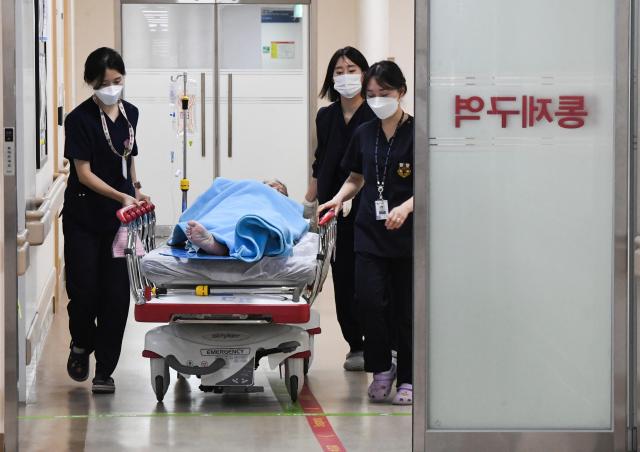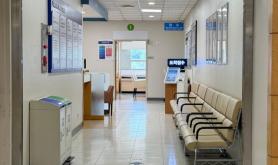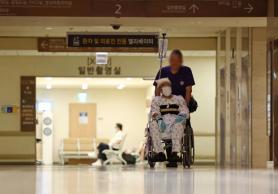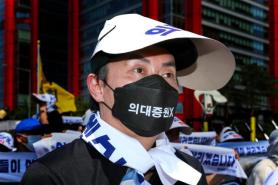
From February to Aug. 25 this year, the NFA redirected some 1,197 ambulances to other hospitals after they were rejected at ERs — a 131 percent increase from 678 cases during the same period last year.
According to the NFA's data, the task of "allocating hospitals for emergency transfer" rose to 4.1 percent of its total workload, up 127 percent compared to the previous year.
The revelation comes just two weeks before Korea's Chuseok or Korean thanksgiving, when emergency calls typically surge. During this annual full-moon festival, the number of emergency calls per day normally stands at around 42,731, about 10,000 more than usual. About 20.8 percent of emergency calls during Chuseok between 2020 and 2022 were for urgent medical requests requiring ambulances.
Despite the rise in rejections, the NFA said that since the start of the trainee doctors’ strike in February, overall emergency calls requesting transfers to ERs have actually decreased by 3.6 percent year-on-year, standing at 65,005.
An NFA official attributed the decline to the government's campaign urging patients with mild conditions to refrain from using ERs, saying, "The government's efforts to divert mild patients away from ERs have contributed to the decrease."
Copyright ⓒ Aju Press All rights reserved.




